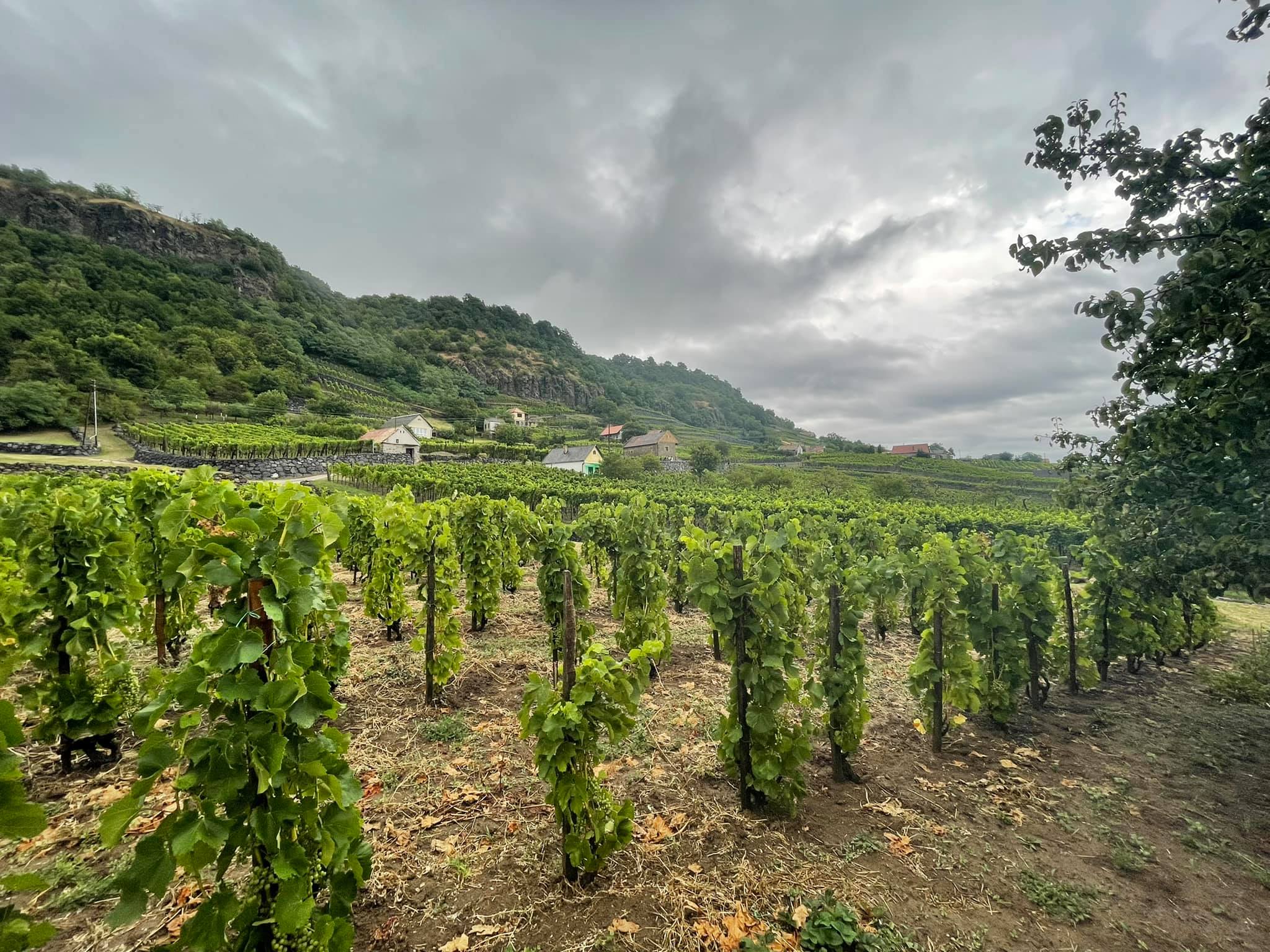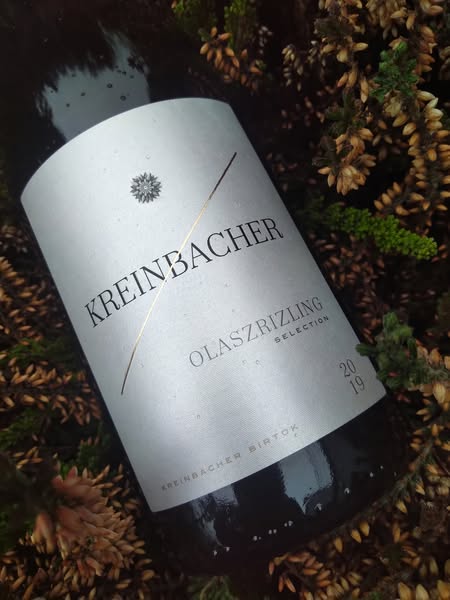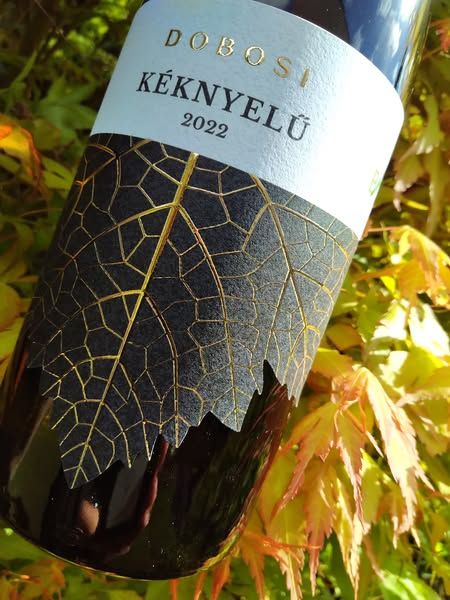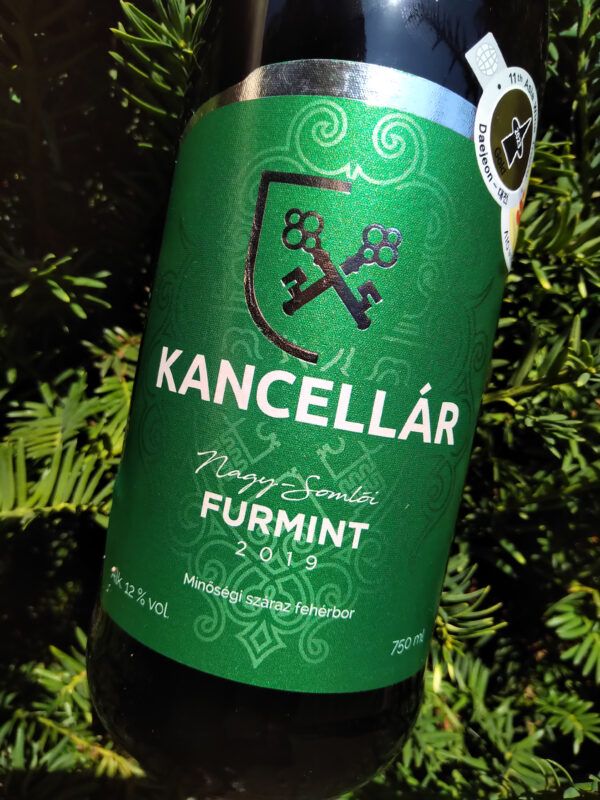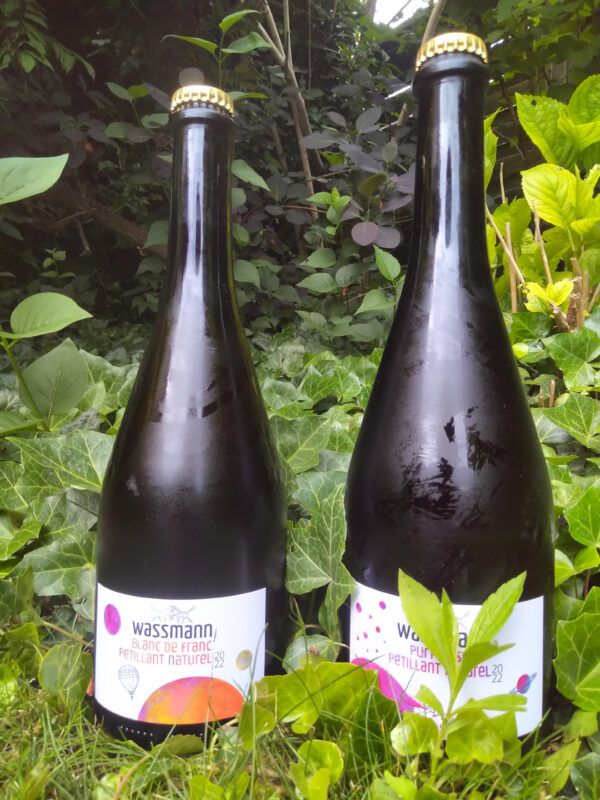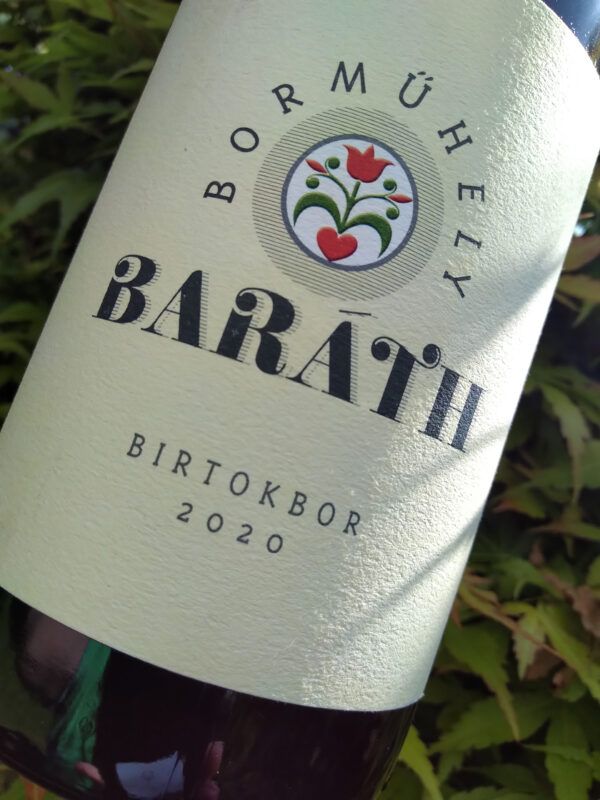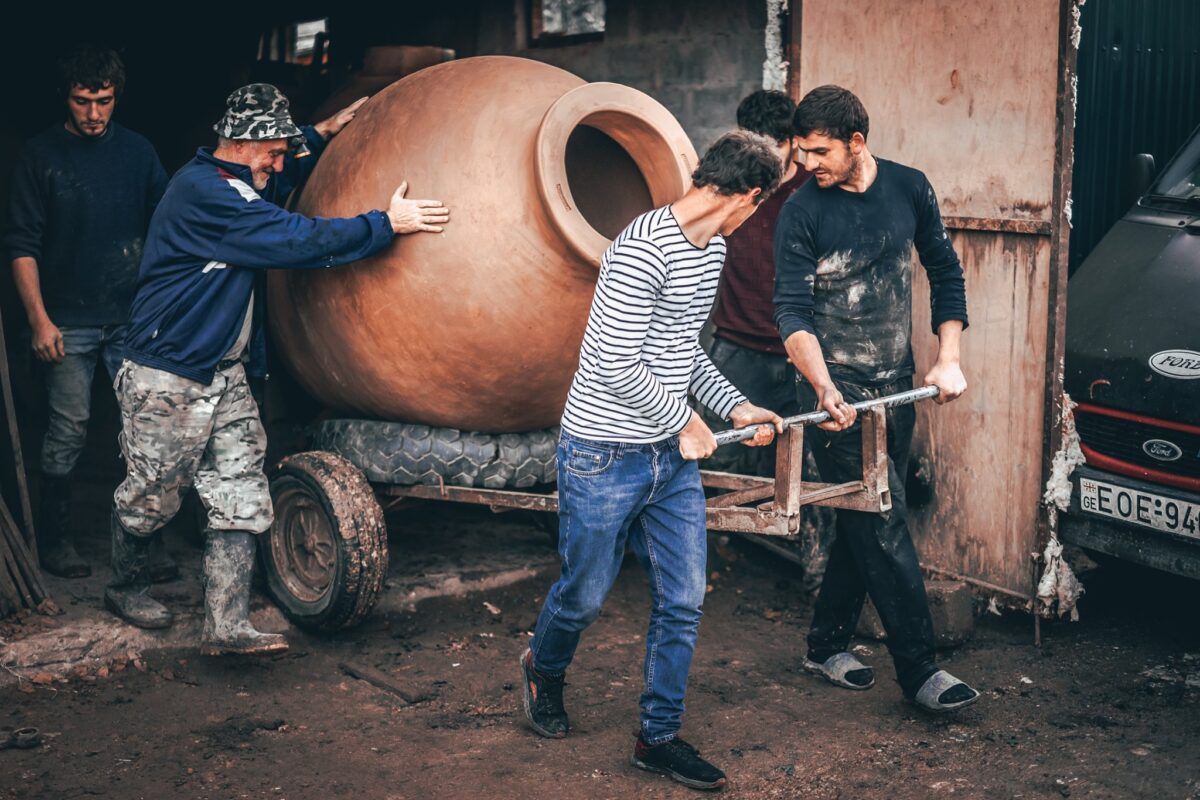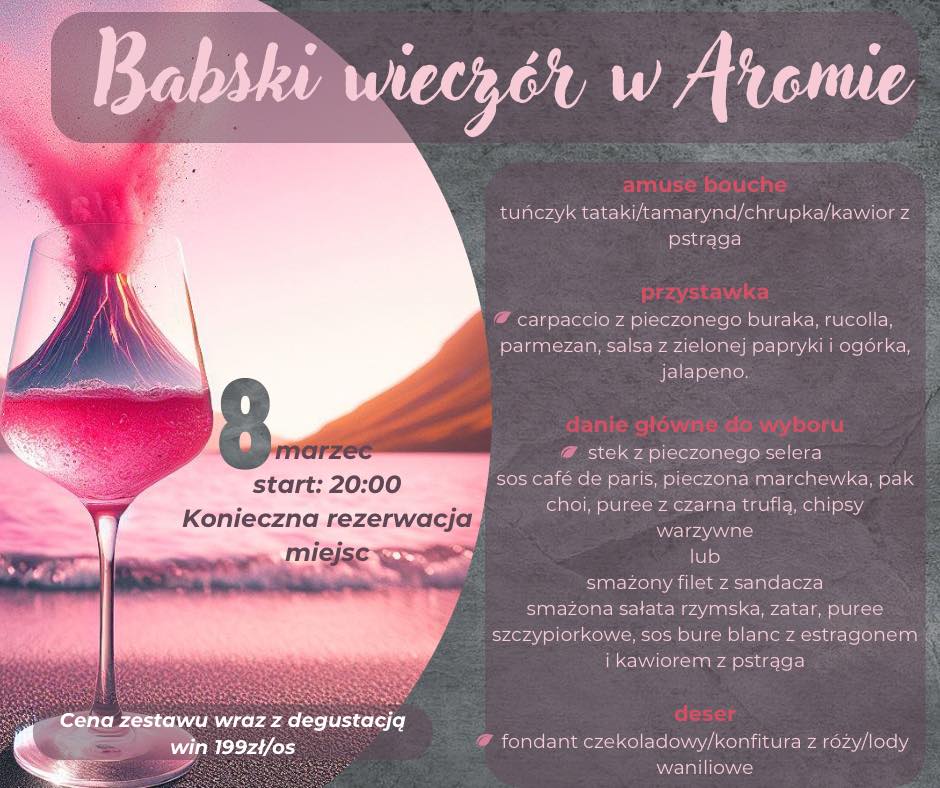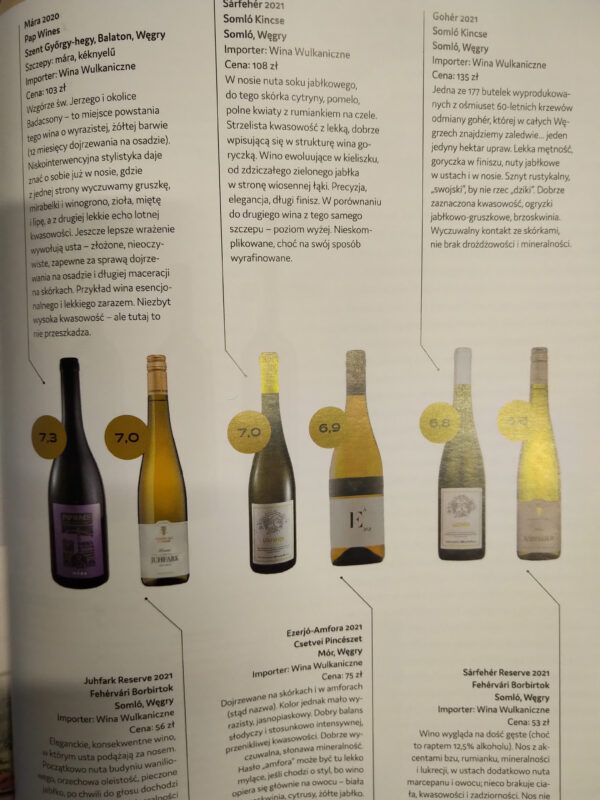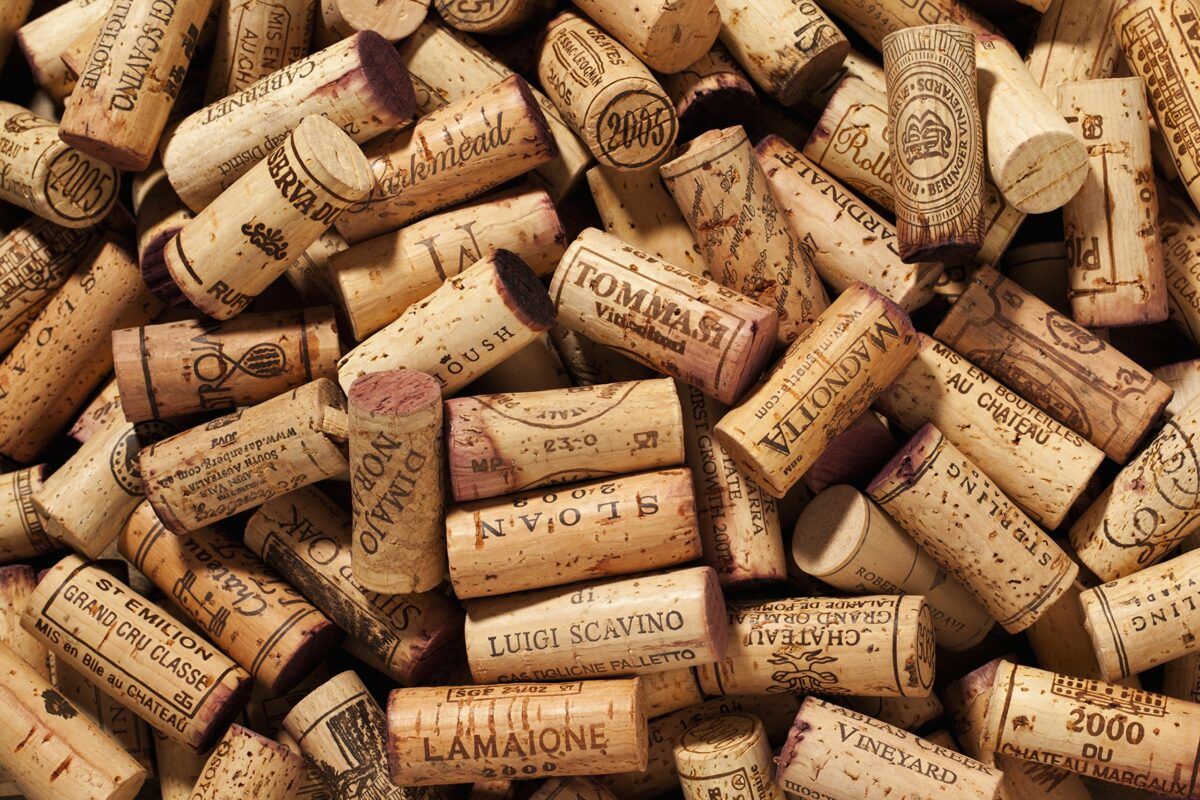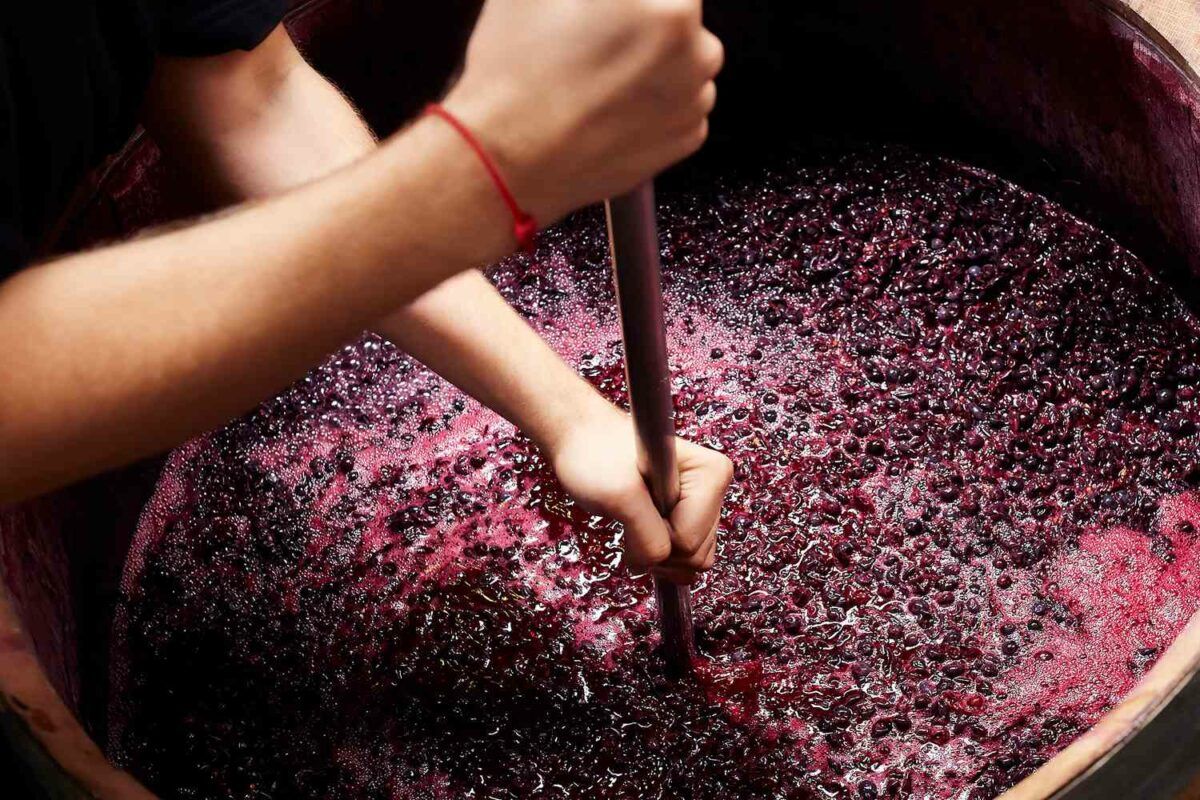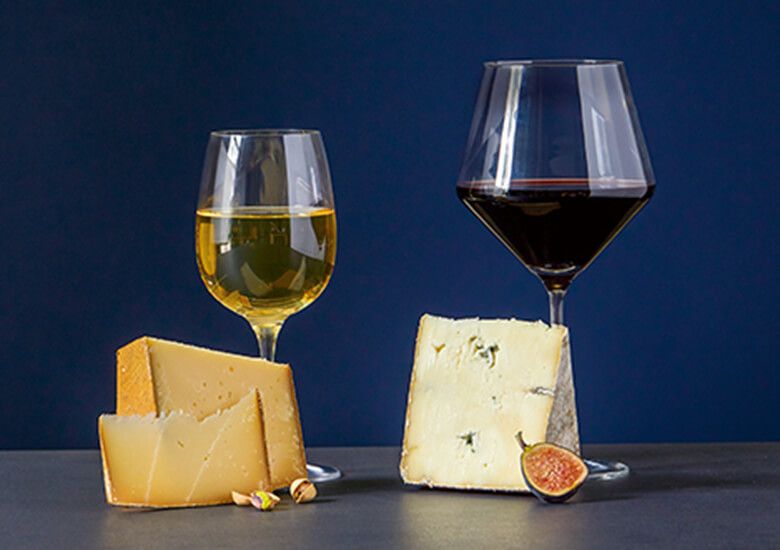Vinum Somlaianum Omni Tempore Sanum – this is the Latin saying „Wine from Somló is always a remedy.” The Romans brought the vine with them when they ruled these lands. The 11th century saw the establishment of a Benedictine monastery where the vineyards were supervised by monks. Since 1893, the area has gained the status of an independent wine region. In 1998, the boundaries of the wine region from the previous century were restored when it was once again declared a wine region.
The Somló Mountain, shaped like a truncated cone, stands out against the flat landscape as if it were there by chance. This is perhaps why Hungarians call it the forgotten hat of God. The highest vineyards are located at an altitude of 350 meters above sea level and offer a magnificent view, even of the hills of the Balaton Uplands over 30 kilometers away. The Nagy-Somlo appellation also includes the nearby Sag and Kis-Somlyo hills. The cultivated area covers approximately 550 hectares (the second smallest wine region in Hungary), dominated by indigenous white grape varieties such as Juhfark, Furmint, Olaszrizling, Hárslevelű, Zeus, but also international varieties like Sauvignon Blanc and Gewürztraminer. In recent years, some smaller producers have started successful experiments with red grape varieties such as Kékfrankos (Blaufränkisch), Shiraz, and Cabernet Sauvignon. A total of 4 hectares have been planted with these varieties, driven by the increasing prestige of red wines from the Balaton Uplands and Somló, which can now compete with the Villány appellation. The inheritance of vineyards from father to son is as much of a concern here as it is in Burgundy. Today, the cultivated area of less than 500 hectares is owned by over a thousand proprietors, so it is not unusual to buy wine from a plot as small as 200 square meters.
The key to the success of Somló wines lies in the structure of the soil. As an extinct volcano, the mountain is rich in basalt, tuff (iron clay), and loess with basalt remnants. The soil’s calcium and trace element content is further enriched by basalt remnants. One of the best soils is the so-called „cornflake stone,” which is weathered basalt gravel. This type, rich in basic volcanic materials, plays a very important role in developing the characteristic mineral taste of Somló. Wines produced here are characterized by a salty, flinty aroma and aftertaste, which is a unique feature among wines from other parts of the world. The climate is moderately continental, with an annual sunshine duration of 1950-2000 hours, an average annual temperature of 9.8°C, and rainfall of 6-700 mm. The southern side of the hills receives a large amount of heat and radiation, and the risk of frost is minimal, as the microclimate on such a small surface is quite balanced, allowing grapes to be successfully grown on all sides of the Somló hill, even on the northern side.
Regarding grape harvesting, due to the terrain (mountainous), the terraced plot system, and the predominance of small producers, manual harvesting is predominant here. For certain types of wine, selective grape harvesting is carried out, even with noble rot. The largest producers such as Tornai Pincészet, Kreinbacher, and Csordás-Fodor use harvesters for harvesting, but for the most expensive plots producing high-quality wines, manual harvesting is still practiced. Until recently, oak barrels dominated the winemaking and aging process, but now stainless steel tanks and barrels are also being used, reflecting the demand of the younger segment of the market for reductionist wines. Somló has established itself as a „brand” on the market, offering wines with great aging potential. It is worth waiting a bit for these wines; they should not necessarily be tasted before reaching two years of age when they truly begin to develop.
Like any appellation, Nagy-Somlo faces its own problems and questions about the future. Environmental problems include decreasing rainfall levels and, consequently, water availability. Generational issues arise from the phenomenon of some vineyard lands being withdrawn from the vineyard cadastre, especially when winemakers have no one to pass their legacy onto. An excellent example is Elek Joos, the creator of garage-style wines, who passed away in October 2020. Today, only a few dozen bottles of his outstanding wines remain, unfortunately, none of his family members are interested in continuing and commercializing what he left behind. His wines are sold through local wine shops and some other producers. In recent years, the land on Somló Hill has become more expensive, partly due to the pandemic. Wealthy residents of Budapest are building holiday homes there as it is seen as a good capital investment, and the region is becoming fashionable among a certain part of the wealthier society.
Fortunately, there are also signs of good news. A new generation of young, well-educated winemakers (both men and women) with experience gained in France, Italy, or Austria has emerged. They create, because that is the proper term, small, limited editions of wines in quantities of just a few hundred bottles, often in the aforementioned garage style. Their bottles can be found in wine lists of two and three-star restaurants in Western Europe. They are also responsible for the revival of lost grape varieties, such as the red variety Piros Bakator.
The Nagy-Somlo region still has its best years ahead. The wines are perceived as being of very high quality among Hungarians themselves, but interest in them is growing rapidly in continental Europe, the British Isles, the USA, Canada, and even in faraway Japan. This is confirmed by numerous international awards, including the Decanter World Wine Awards, as well as foreign wine tourists who visit even outside the tourist season.
Published in Trybuszon Magazine December 2022 (Explanator Copyright).






